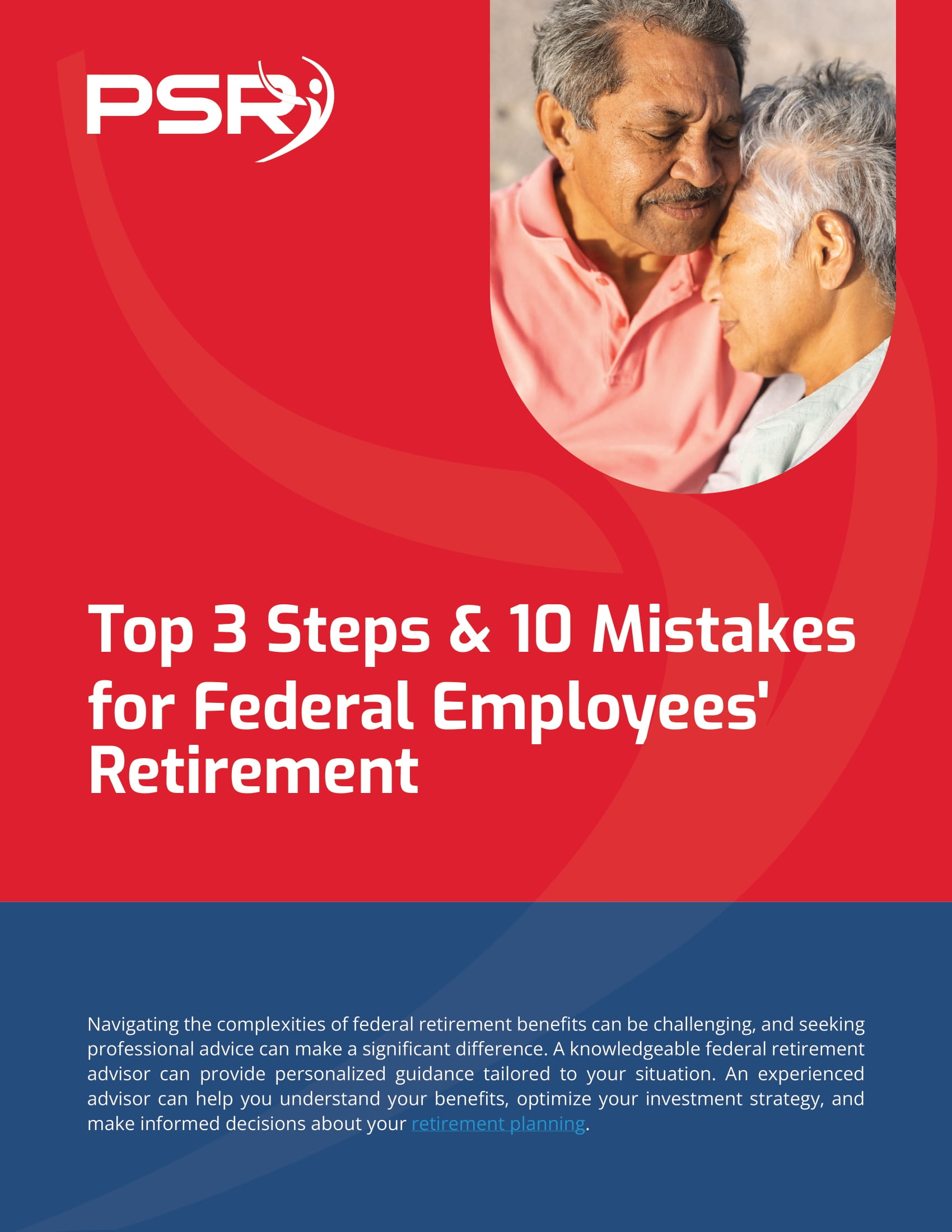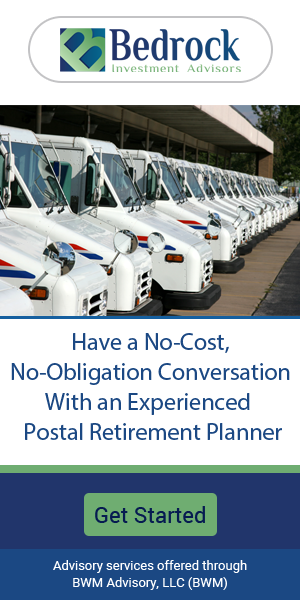Key Takeaways
- FERS offers a multi-layered approach to retirement benefits, combining a pension, Social Security, and the Thrift Savings Plan (TSP) for comprehensive financial security.
- By understanding and optimizing each component of FERS, federal employees can enhance their retirement outcomes and achieve greater financial freedom.
FERS Is More Than Just a Pension—Here’s How Federal Employees Can Make the Most of Their Benefits
- Also Read: FAA, Law Enforcement, and Special Federal Employee Categories—Here’s What Makes Their Retirement Unique
- Also Read: Blending Private and Public Sector Retirement Plans Is Complicated—Here’s Where Couples Get It Wrong
- Also Read: The Silent Shift in Postal Service Retirement Benefits That Could Change Everything by 2026
The Three Pillars of FERS: A Powerful Combination
FERS is structured around three primary components designed to work together: the FERS Basic Benefit Plan, Social Security, and the Thrift Savings Plan (TSP). Understanding how these elements function and interact is essential for federal employees aiming to optimize their retirement benefits.
1. The FERS Basic Benefit Plan
The Basic Benefit Plan is the pension component of FERS, funded by both employee and employer contributions. This benefit provides a steady stream of income based on years of service and average salary. While many employees focus solely on this pension, it’s crucial to integrate it with the other elements of FERS for the best outcome.
To maximize the Basic Benefit Plan, employees should consider factors like their retirement age and the length of service. Staying longer in the federal workforce increases the pension amount significantly. For instance, federal employees who achieve 30 years of service before reaching their Minimum Retirement Age (MRA) can receive a more generous pension. Additionally, planning retirement timing around age 62 or later can unlock the full benefits, including the Social Security supplement that fills the income gap until Social Security kicks in.
2. Leveraging Social Security Benefits
FERS includes Social Security as a core part of its retirement package. Federal employees pay into Social Security throughout their careers, which provides a source of income upon retirement. Employees can begin receiving Social Security benefits as early as age 62, although doing so comes with reduced monthly payments. For those who wait until full retirement age, typically between 66 and 67, the monthly benefit amount is higher.
To make the most of Social Security, federal employees should plan their retirement dates carefully. For example, delaying benefits until age 70 maximizes monthly payouts. Coordination between the FERS pension and Social Security is also vital; understanding the right time to claim each can lead to a more balanced income throughout retirement.
3. The Thrift Savings Plan (TSP): Building Long-Term Wealth
The TSP is a key component of FERS, offering federal employees a way to save and invest for retirement. It functions similarly to a 401(k) in the private sector, with federal agencies matching employee contributions up to a certain percentage. Employees can choose from various investment funds, including options ranging from conservative (G Fund) to aggressive (C, S, and I Funds).
Maximizing the TSP involves taking advantage of agency matching contributions, as it essentially doubles the value of an employee’s savings up to the matching limit. For 2024, the maximum TSP contribution limit is $23,000, with an additional catch-up contribution of $7,500 for those aged 50 and above. By consistently contributing and diversifying investments based on risk tolerance and retirement timelines, employees can significantly increase their retirement savings.
Key Strategies to Maximize FERS Benefits
The comprehensive nature of FERS offers a range of strategies federal employees can implement to maximize their retirement benefits. Here’s how to approach each component effectively:
Timing Matters: Planning Retirement Age for Maximum Benefits
One of the most crucial decisions federal employees make is when to retire. Timing retirement well ensures employees receive the most from their pension, Social Security, and TSP. Those eligible for the FERS Special Retirement Supplement—such as Law Enforcement Officers (LEOs) and certain other categories—should strategically plan their retirement age to gain full access to benefits.
The supplement, which bridges the income gap until Social Security eligibility, rewards employees for longer service and age-specific retirements. By understanding and planning around these criteria, employees can minimize reductions and maximize payouts.
Catch-Up Contributions: Boosting TSP Savings for Late Starters
For those who might have started saving later in their careers, TSP’s catch-up contributions provide a valuable opportunity. Employees aged 50 and older can contribute an additional $7,500, above the regular TSP limit. Making these additional contributions is essential for building up retirement savings quickly, especially for those who need to close the gap in their retirement goals.
By investing these funds wisely, federal employees can increase their retirement nest egg substantially over the final decade of their careers, setting themselves up for financial stability in their post-retirement years.
Healthcare Planning: Coordinating FEHB and Medicare
Healthcare is a major factor in retirement planning, and for federal employees, the Federal Employees Health Benefits (FEHB) program plays an essential role. One strategy is to coordinate FEHB with Medicare upon reaching eligibility. Many retirees opt for Medicare Part B, which can lower out-of-pocket costs when combined with FEHB. By carefully considering which healthcare options work best and ensuring that FEHB remains active, retirees can secure comprehensive and affordable healthcare coverage.
Preparing for a Secure Future: Steps Employees Should Take Now
It’s never too early to start planning for a secure financial future, and the FERS system provides several pathways to optimize benefits effectively. Here are a few proactive steps employees can take:
-
Evaluate Your Retirement Goals Regularly: Federal employees should review their retirement plans every few years to ensure they are on track. Assess the balance of TSP investments, the expected Social Security payout, and the pension amount based on current service years.
-
Make the Most of Agency Matching: Employees not currently maximizing their TSP contributions should start doing so to take full advantage of agency matches. This match essentially doubles savings and is a key advantage of FERS.
-
Seek Professional Financial Advice: Navigating the complexities of FERS, TSP, and healthcare options can be overwhelming. Consulting with a financial advisor experienced in federal benefits can provide tailored strategies to maximize each component of FERS and enhance overall retirement security.
Making the Most of Your Federal Retirement Package
To make the most of the FERS retirement system, federal employees need to take a comprehensive approach. It’s not just about relying on a pension; it’s about integrating the various elements—Social Security, the TSP, and healthcare options—to create a well-rounded and secure retirement plan. By planning carefully, making informed decisions about timing, and taking advantage of available resources like agency matching, employees can achieve a comfortable and financially stable retirement.













